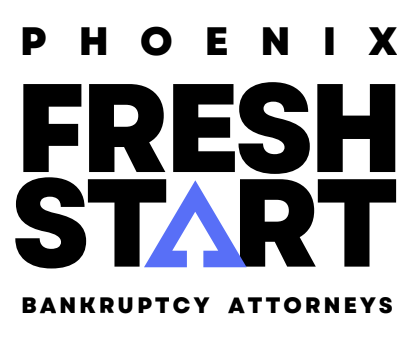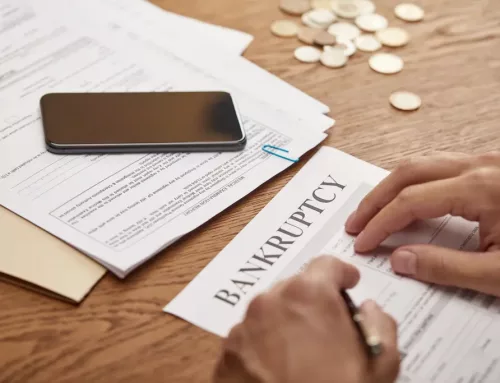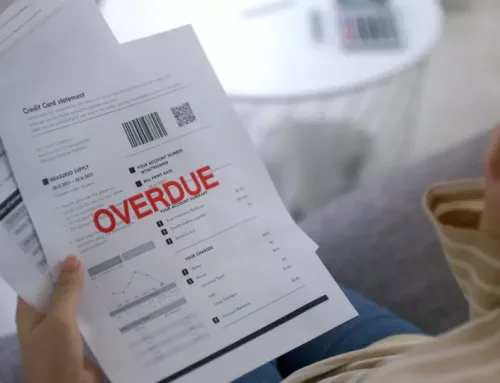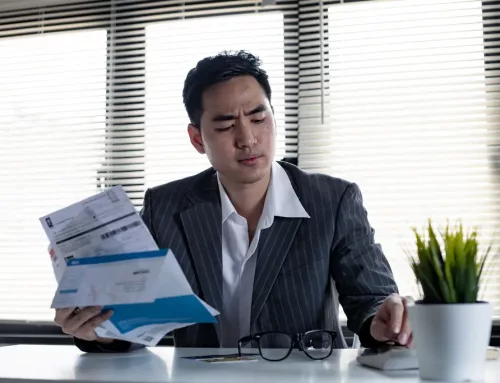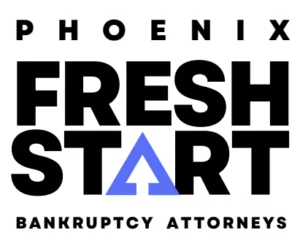Dealing with financial problems and having overwhelming debt is extremely stressful. Filing bankruptcy would be a great help for individuals who are no longer capable of paying their debts.
A bankruptcy filing will depend on the monthly income and living expenses of a debtor. In Arizona, a lot of individuals consider a bankruptcy filing under the two most commonly used bankruptcy chapters. These are Chapter 7 (liquidation bankruptcy) and Chapter 13 (reorganization bankruptcy).
For example, those debtors with a little amount of income left and who do not own a lot of assets will typically opt to file under Chapter 7. Such a declaration of bankruptcy can wipe out qualifying debts in a period of four to six months, without needing to repay creditors.
On the other hand, those debtors that make a substantial amount of income or wish to keep their assets file under Chapter 13. Such a bankruptcy declaration helps stop wage garnishment, foreclosure, and repossession. Individuals who choose to file under this bankruptcy chapter allow their disposable income to pay off lenders in three to five years. Filers will negotiate a creditor repayment plan to obtain debt relief.
What are the qualifications in filing for Bankruptcy Chapter 13?
Debt limits
There are certain limits for unsecured debt and secured debt. If you fail to pay back a secured debt, the creditors will have the right to take ownership of your personal property. In contrast, failure to pay off unsecured debts will not grant the creditors this right.
Steady earnings
You must be able to prove to the bankruptcy court that you are capable of making monthly payments. If the monthly income of the filer is too low or irregular, the proposed payment plan will not be confirmed by the bankruptcy court.
Not a company
 Chapter 13 bankruptcy does not apply to companies, which means that only an individual may file this chapter. This bankruptcy chapter may be beneficial for a sole proprietorship if there are business-related debts (to which they are personally liable) that will become a part of the payment plan.
Chapter 13 bankruptcy does not apply to companies, which means that only an individual may file this chapter. This bankruptcy chapter may be beneficial for a sole proprietorship if there are business-related debts (to which they are personally liable) that will become a part of the payment plan.
The Repayment Plan
A payment plan that you will present to the creditors and the bankruptcy court is the key when you file bankruptcy under Chapter 13. Along with the necessary paperwork, all debts must be taken into account. It will depend on where you will file your bankruptcy petition: you will use either a local form or an official proposal form.
There will be an opportunity for the debt collectors and the bankruptcy trustee to file an objection to the proposed repayment plan. If the filer is willing to make adjustments for the satisfaction of everybody, the bankruptcy court will possibly accept the proposal.
Types of debts that may be wiped out or discharged when you file for bankruptcy chapter 13
Priority debts
A Chapter 13 petition for bankruptcy requires the bankrupt individual to repay debts under this type of in full. Priority debts include child support, alimony, and tax debt.
Secured debts
If a debtor wants to keep his properties, he must continue making regular payments. It will depend on the local court if the debtor needs to pay the sums as part of his repayment plan. If an individual is behind in making payments, the arrears of the payment plan will have to be repaid.
Unsecured debts
The repayment plan should allot the individual’s disposable income to unsecured debts like credit card bills and medical bills. In some bankruptcy cases, the debtor will not have to fully pay off certain debts as long as all remaining income (after living expenses are subtracted) will be put into the payment plan.
Value of nonexempt assets
If a debtor is capable of keeping his properties then he will be permitted to retain his assets. A debtor should pay for the value of the asset that he cannot secure by the repayment plan.
If you can no longer afford to make payments
During the bankruptcy process, financial problems may suddenly occur. This does not mean that you are completely out of the bankruptcy proceeding.
For instance, if your monthly income declines, you will be able to adjust the sum paid to an unsecured creditor. If you cannot pay a required loan, the bankruptcy court may allow you to have your debt to be discharged due to hardship.
Another option would be converting your petition in bankruptcy to a Chapter 7. Bear in mind that there is a fair risk that your nonexempt assets will be lost. The other choice is to withdraw the bankruptcy case under Chapter 13. The drawback of this method is that you will still owe unpaid debts together with the interest that the creditors did not charge during the bankruptcy proceeding.
Struggling with debt problems is not easy. Consulting a Phoenix bankruptcy attorney will be beneficial for you to understand bankruptcy law. The different types of bankruptcy have different bankruptcy rules and it may be confusing. This is why an experienced and credible bankruptcy lawyer will assist you on how to file a bankruptcy petition and give you advice on which will be the best option for your bankruptcy case.
Bankruptcy filings will help you rebuild your financial future and have a fresh start with your finances. Hire the best bankruptcy lawyers in Arizona. Call us at Phoenix Fresh Start Bankruptcy Attorneys for a free consultation.
